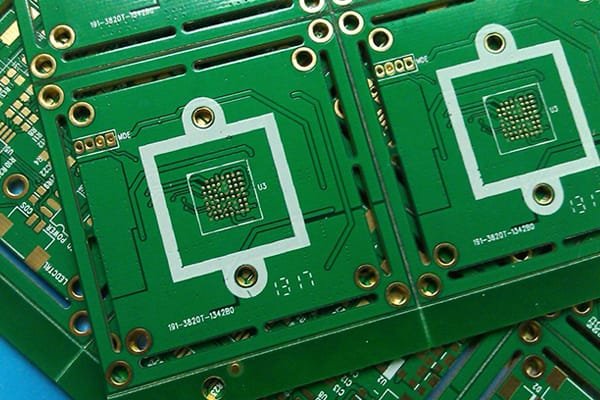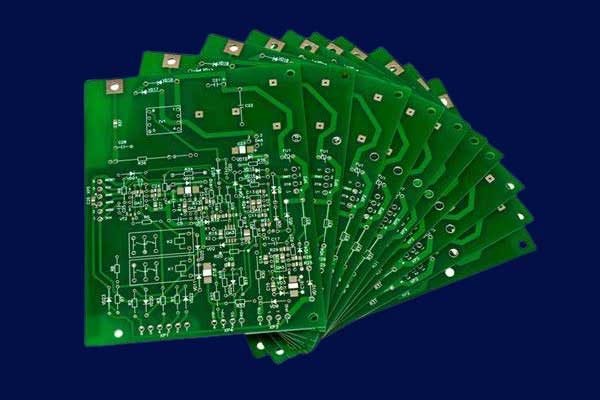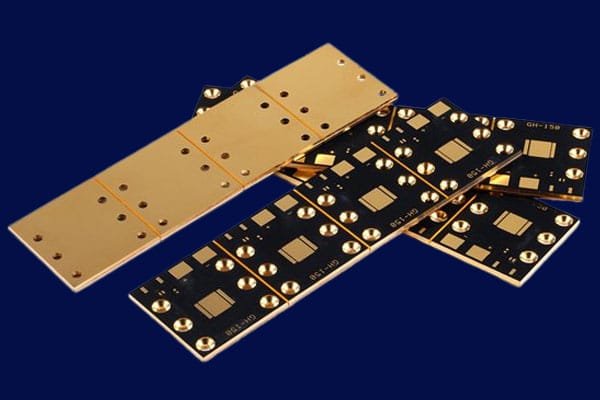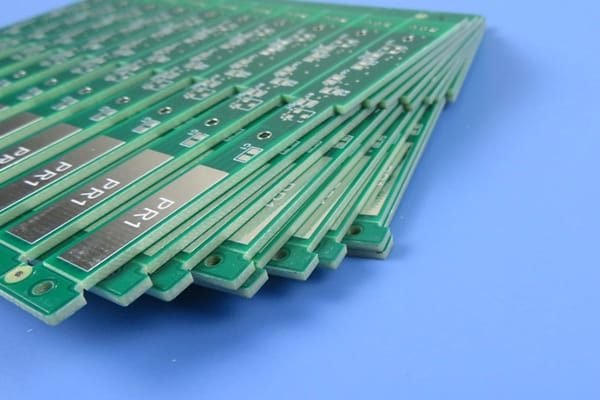Benefits of Single Layer Aluminum PCB
Advantages of Single Layer Aluminum PCBs
Single Sided Aluminum PCB has excellent performance and reliability, suitable for applications that require high power handling and excellent thermal performance
Excellent thermal performance
The aluminum substrate provides excellent thermal conductivity, which efficiently transfers heat from the circuit board to the surrounding environment, preventing damage to the circuit board due to overheating.
High strength and rigidity
The aluminum substrate is a sturdy material that provides good mechanical support and protects the electronic components on the circuit board.
























